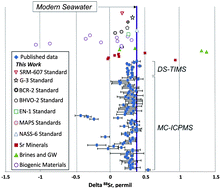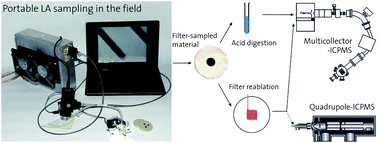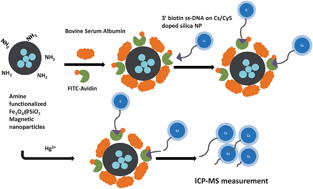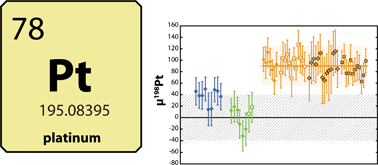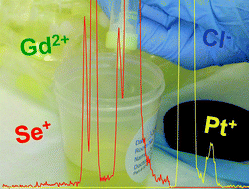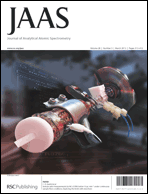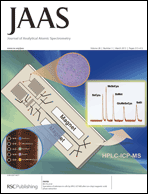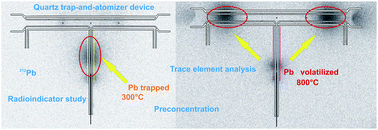Take a look at these new HOT articles just published in JAAS. These papers will be free to read for the next 4 weeks. Enjoy!
A novel approach to high pressure flow digestion
Helmar Wiltsche, Paul Tirk, Herbert Motter, Monika Winkler and Günter Knapp
J. Anal. At. Spectrom., 2014,29, 272-279
DOI: 10.1039/C3JA50290B, Paper
Occurrence of gas flow rotational motion inside the ICP torch: a computational and experimental study
Maryam Aghaei, Luca Flamigni, Helmut Lindner, Detlef Günther and Annemie Bogaerts
J. Anal. At. Spectrom., 2014,29, 249-261
DOI: 10.1039/C3JA50302J, Paper
Diffusion- and velocity-driven spatial separation of analytes from single droplets entering an ICP off-axis
Olga Borovinskaya, Maryam Aghaei, Luca Flamigni, Bodo Hattendorf, Martin Tanner, Annemie Bogaerts and Detlef Günther
J. Anal. At. Spectrom., 2014,29, 262-271
DOI: 10.1039/C3JA50307K, Paper
The effect of carrier gas humidity on the vaporization of laser-produced aerosols in inductively coupled plasmas
Luca Flamigni, Joachim Koch and Detlef Günther
J. Anal. At. Spectrom., 2014,29, 280-286
DOI: 10.1039/C3JA50314C, Paper
Optimizing gated detection in high-jitter kilohertz powerchip laser-induced breakdown spectroscopy
J. A. Merten, E. Ewusi-Annan, B. W. Smith and N. Omenetto
J. Anal. At. Spectrom., 2014, Advance Article
DOI: 10.1039/C3JA50348H, Technical Note
The effect of paraformaldehyde fixation and sucrose cryoprotection on metal concentration in murine neurological tissue
Dominic J. Hare, Jessica L. George, Lisa Bray, Irene Volitakis, Angela Vais, Timothy M. Ryan, Robert A. Cherny, Ashley I. Bush, Colin L. Masters, Paul A. Adlard, Philip A. Doble and David I. Finkelstein
J. Anal. At. Spectrom., 2014, Advance Article
DOI: 10.1039/C3JA50281C, Technical Note
The emerging role of carbon isotope ratio determination in health research and medical diagnostics
Daniel E. Bütz, Shanon L. Casperson and Leah D. Whigham
J. Anal. At. Spectrom., 2014, Advance Article
DOI: 10.1039/C3JA50327E, Tutorial Review
Analysis of stable isotope ratios of Ba by double-spike standard-sample bracketing using multiple-collector inductively coupled plasma mass spectrometry
Takashi Miyazaki, Jun-Ichi Kimura and Qing Chang
J. Anal. At. Spectrom., 2014, Advance Article
DOI: 10.1039/C3JA50311A, Paper
Methods for the determination of stable Te isotopes of minerals in the system Au–Ag–Te by MC-ICP-MS
Andrew P. Fornadel, Paul G. Spry, Simon E. Jackson, Ryan D. Mathur, John B. Chapman and Isabelle Girard
J. Anal. At. Spectrom., 2014, Advance Article
DOI: 10.1039/C3JA50237F, Paper
Changes in breath carbon isotope composition as a potential biomarker of inflammatory acute phase response in mechanically ventilated pediatric patients
Juan P. Boriosi, Dennis G. Maki, Rhonda A. Yngsdal-Krenz, Ellen R. Wald, Warren P. Porter, Mark E. Cook and Daniel E. Bütz
J. Anal. At. Spectrom., 2014, Advance Article
DOI: 10.1039/C3JA50331C, Paper











